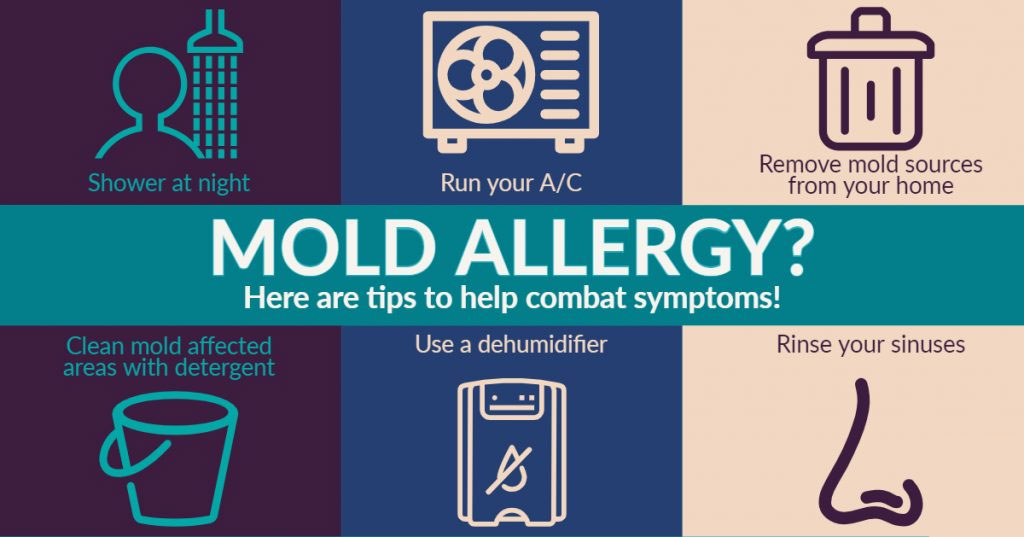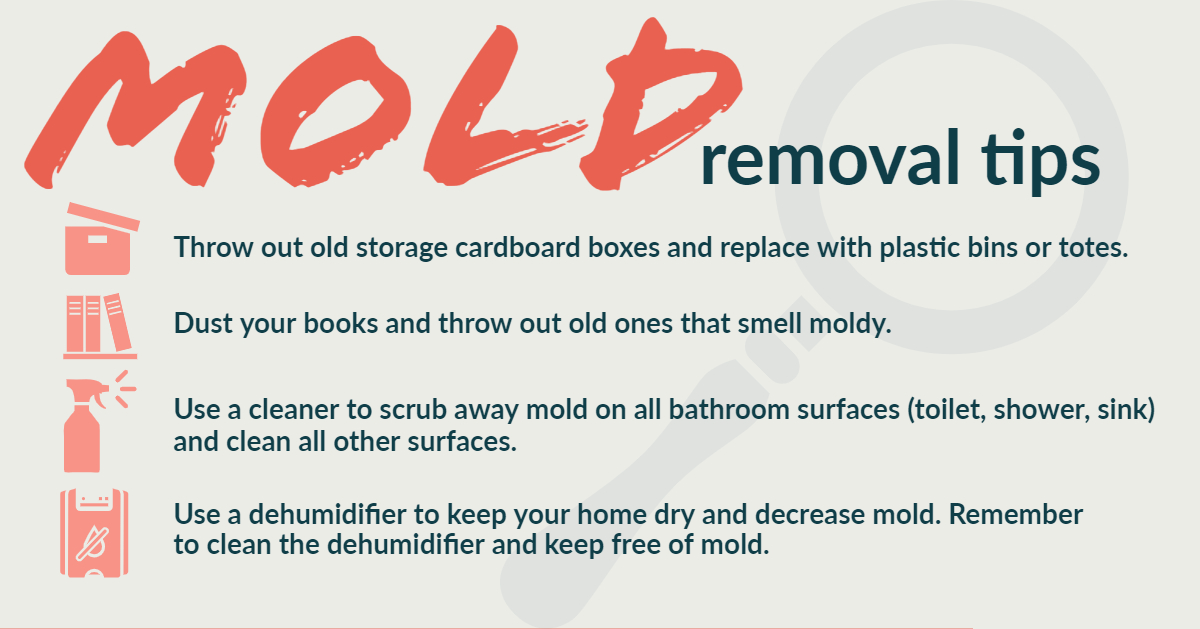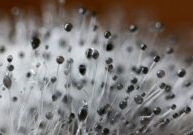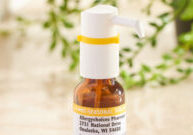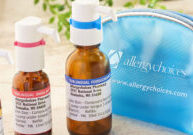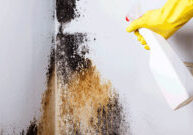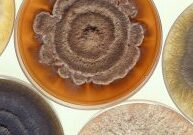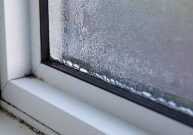Mold Allergy Treatment
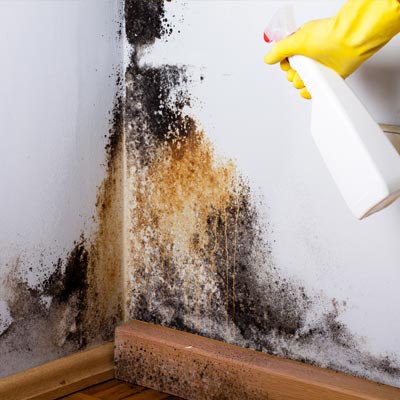
While mold exposure is universal, symptoms depend on your sensitivity to mold, your exposure to mold, and whether you may be sensitive to other allergens.
Mold allergy symptoms include
- Allergic rhinitis
- Hives
- Asthma
- Delayed symptoms including
- Chronic congestion
- Recurrent sinusitis
- Eczema
- Headache
- Malaise and fatigue
The conditions that promote mold growth also increase the prevalence of allergens such as ragweed and dust mite.
Can allergy drops help mold allergy?
Mold allergy treatment should begin with reducing exposure by removing mold sources, decreasing the humidity in your home and increasing ventilation.
Sublingual immunotherapy for mold allergy is used to reduce allergic sensitivity so that over the course of treatment, you can safely increase tolerance to mold and reduce allergic reactions.

